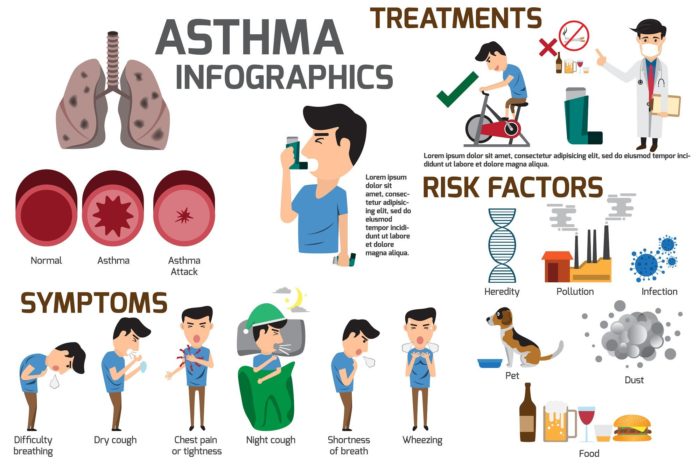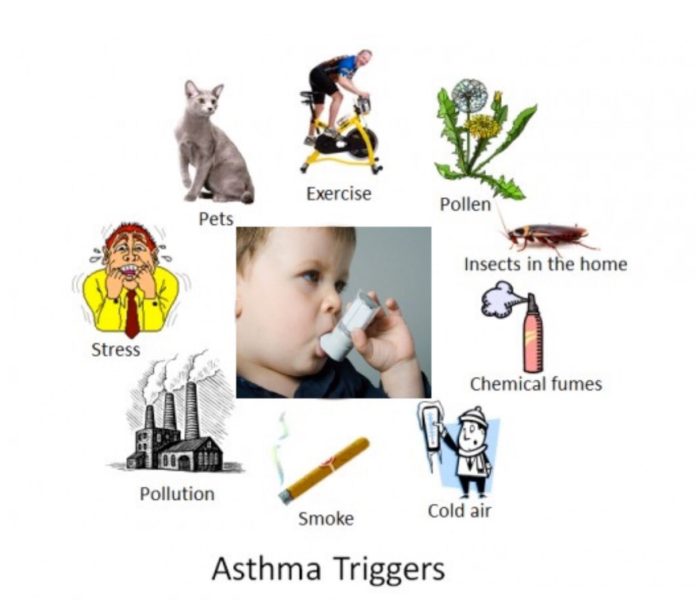Introduction
Asthma, a chronic condition affecting millions of people worldwide, is characterized by inflammation of the airways and can lead to respiratory distress. Recognizing and responding to an asthma attack is vital, as it can prevent a life-threatening situation. This article will help you understand how to recognize the signs of an asthma attack and respond with swift action to keep asthma under control.

Understanding Asthma and Its Triggers
Asthma is a chronic lung condition that can vary from person to person. For people with asthma, exposure to asthma triggers can cause the muscles around the airways to tighten, leading to symptoms such as wheeze, cough, and difficulty breathing. Common asthma triggers include allergens, infections, cold air, and smoke.

Recognizing the Signs of an Asthma Attack
The early warning may be different for each person. Key signs or symptoms include:
- Wheezing: High-pitched whistling sound while breathing.
- Shortness of Breath: Feeling unable to catch your breath.
- Coughing: Persistent cough, especially at night.
- Tightening of Muscles Around the Airways: Leading to chest tightness.
- Difficulty Speaking: Some may find it hard to speak full sentences.
Recognizing these signs early can allow for prompt asthma treatment, preventing the situation from getting worse.
Responding to Asthma Attacks: A Step-by-Step Guide
- Stay Calm: Encourage the person to breathe slowly and deeply.
- Use an Inhaler: Administer quick-relief medicine through an inhaler. Give one puff and ask the person to hold their breath for 10 seconds. Repeat with additional puffs every minute if needed.
- Monitor with a Peak Flow Meter: If available, assess asthma severity with a peak flow meter. This can help gauge the severity of the attack.
- Call 911 if Necessary: In case of severe or life-threatening asthma, like inability to speak or continuous wheezing, call emergency services immediately.
- Follow the Asthma Action Plan: If you or the person you’re aiding has a prescribed asthma action plan, follow it closely.
Preventing Asthma Attacks
- Work with Your Doctor: Regular check-ups and discussions about your symptoms will help in the diagnosis and management of asthma.
- Monitor Your Symptoms: Keep track of daily activities and exposures that may worsen your asthma. Understanding these can lead to better asthma control.
- Take Prescribed Medication: Regularly take your asthma medicine as directed by healthcare professionals.
Conclusion
Asthma attacks may be a frightening experience, but with proper knowledge and readiness, they can be managed effectively. Whether you’re a patient, a caregiver, or a concerned individual, understanding how to recognize and respond to asthma symptoms can make a critical difference in a moment of crisis. Stay educated, stay prepared, and remember that learning more about asthma is the first step in taking control over this manageable condition.

